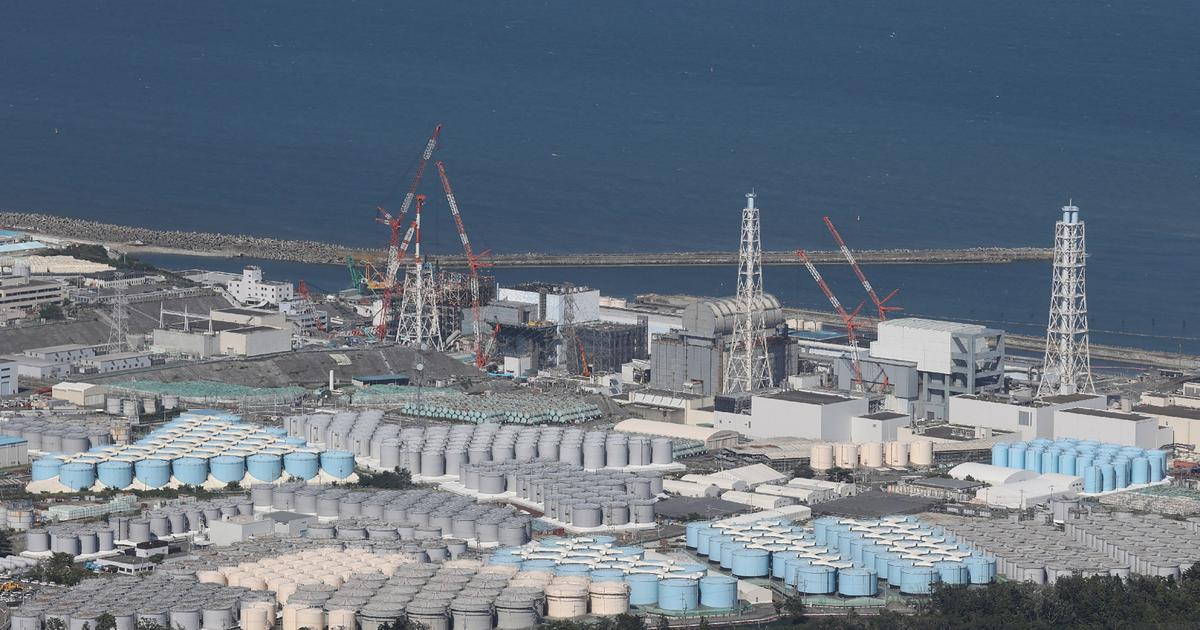Around 5,500 liters of contaminated water: a radioactive water leak was discovered on Wednesday February 7 at the Fukushima Daiichi nuclear power plant, in northeastern Japan, operator Tepco told AFP on Thursday.
However, no trace of contamination outside the site has been detected, he assures.
The leak was stopped about twenty minutes after its discovery Wednesday morning by a worker who was cleaning exhaust pipes on the site.
This leak of 5.5 m3 of water in the badly damaged plant in 2011 occurred before it was treated by a system called ALPS, which rids the water recovered on the site of most of its radioactive substances, explained a door – Tepco’s word.
This water could contain radioactive isotopes such as cesium 137 and strontium 90, according to the Tepco spokesperson, adding that the group planned to remove the soil contaminated by the leak.
“There has been no notable change”
in the radioactivity monitoring data around the plant, she assured.
The operator shared a photo of the origin of the leak, discovered by a worker.
HANDOUT / AFP
Also read: Fukushima: how decontamination generated more than 20 million m3 of radioactive waste
Several decades of decontamination
The Fukushima Daiichi nuclear power plant was devastated by the 2011 tsunami in northeastern Japan.
Decontamination and dismantling of the plant are still decades away, with the most difficult part - extracting the melted fuel from its damaged reactors - yet to begin.
After the green light from the International Atomic Energy Agency (IAEA), Japan began last summer to very gradually release more than 1.3 million m3 of water from the plant into the Pacific Ocean after its processing by the ALPS system.
Japan and the IAEA assure that this process, which should last until the early 2050s, is safe for the marine environment and health.
China and Russia, however, have expressed serious concerns and suspended all imports of Japanese seafood products.
An incident at another Japanese nuclear site also occurred on Thursday: smoke and sparks appeared in an exhaust pipe of a reactor being dismantled at the Tsuruga power plant, in the department of Fukui ( central Japan).
“The situation was resolved immediately, without causing any injuries or causing a leak of radioactive materials
,” a spokesperson for Japan Atomic Power, the operator of the Tsuruga plant, told AFP.

